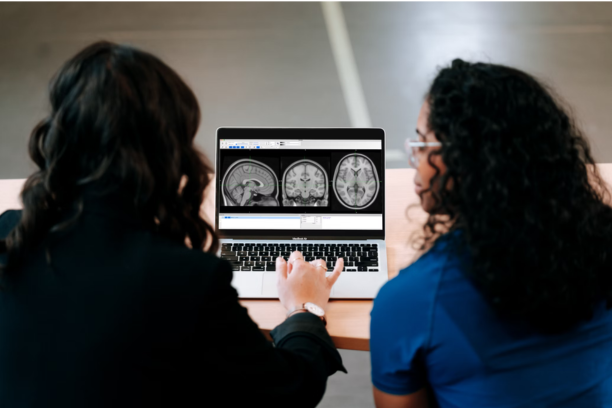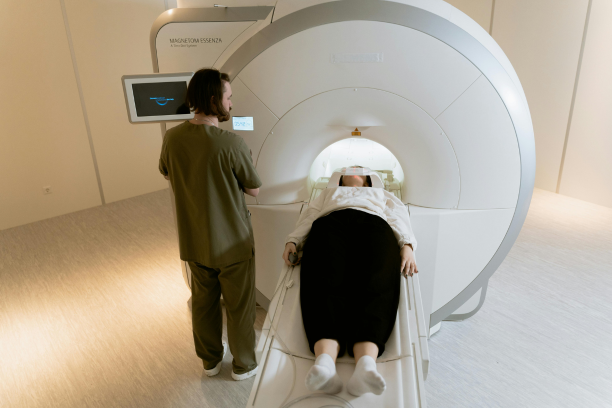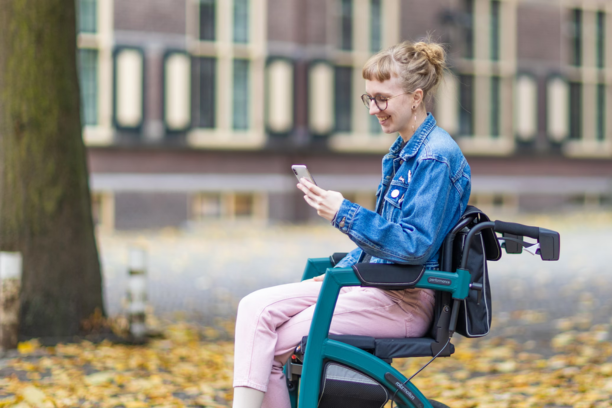Digital Detox That Works for Anxiety & ADHD in 2025
In a world where our phones rarely leave our hands, 2025 marks a pivotal moment. With skyrocketing mental health concerns in the UK, USA, and Canada, more people than ever are asking: How is screen time affecting my brain?
Research from the NHS and CDC shows a steep rise in ADHD diagnoses and generalized anxiety disorders, particularly among those with high daily screen usage. This post explores a realistic, evidence-based digital detox for anxiety and ADHD in 2025 not the cold-turkey kind, but a smarter, personalized approach.
Why 2025 Is the Year to Unplug for Mental Health
The ADHD and Anxiety Connection to Digital Overload
For neurodivergent individuals, particularly those with ADHD, the fast dopamine hits from notifications, social feeds, and constant pings can feel almost addictive. But unlike a caffeine buzz, the crash is mental foggy focus, irritability, and a growing sense of unease.
The ADHD brain is more sensitive to dopamine dysregulation, and in 2025, screen use has only amplified this. Social media and mobile games trigger short-term ADHD and dopamine detox spikes, which feel rewarding but eventually deplete emotional energy.
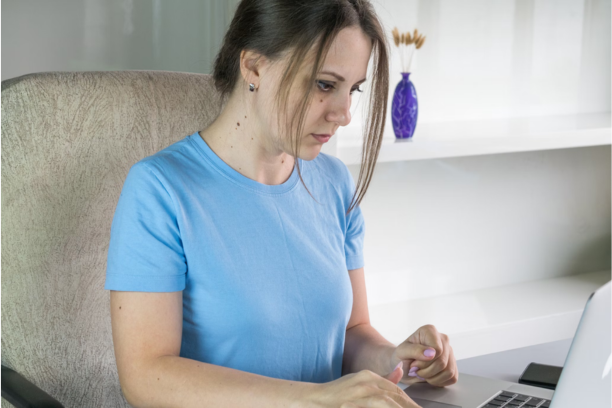
Signs You Need a Digital Detox (Especially for ADHD/Anxiety)
If you’re reading this, chances are your mind is feeling cluttered and tense. Here are key signs you might need a digital reset, especially if you live with anxiety or ADHD:
- You feel mentally tired even after a full night’s sleep
- You compulsively check apps without any reason
- Your focus disappears the moment you start a task
- You feel edgy, irritable, or emotionally drained
- You panic when you can’t find your phone
If any of these feel familiar, your brain is probably overstimulated and a targeted digital detox could make a world of difference.
Proven Digital Detox Strategies That Work in 2025
Let’s face it: you can’t ditch all screens if you’re working, studying, or parenting. That’s why this detox guide is split into three real-world categories.
a. Micro Detox (Beginner-Friendly)
Start here if you’re overwhelmed but still need your phone:
- Grayscale your phone screen – reduces dopamine feedback
- Disable push notifications from social and news apps
- Use apps like Freedom, Forest, and Flipd (available in UK/USA)
- Schedule a 15-minute no-screen break every 2 hours
b. ADHD-Friendly Detox
If you’re managing ADHD, a rigid detox may backfire. Try focused, ADHD-friendly tools:
- Use the Pomodoro method + phone lock apps (Flipd works well here)
- Switch to paper planners instead of screen-based to-do lists
- Fill your breaks with tactile activities: sketching, puzzles, gardening
- Replace aimless scrolling with movement a short walk, stretches, or even dancing
c. Detox for High-Functioning Anxiety
If anxiety rules your day, structure is your ally:
- Begin mornings without screens for 30–60 minutes
- End the day screen-free with meditation, journaling, or analog hobbies
- Swap doomscrolling with breathwork (use audio only, no visuals)
- Install blue light filters to ease eye strain and improve sleep
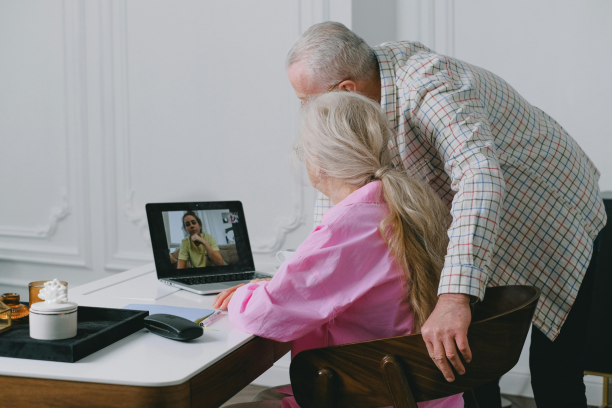
UK vs. USA: Region-Specific Detox Tools & Trends
Different countries are approaching the screen time epidemic in culturally unique ways. Here’s what’s working:
United Kingdom
- NHS Digital Break Toolkits for mental health
- The Minimalist Phone Movement encourages the use of simple, distraction-free devices.
- Local therapists offering screen detox workshops
Top UK article for Mental Wellness in 2025
United States
- Personalized ADHD coaching services for digital overload
- No-Tech Clubs in schools and universities
- Mindfulness apps like Headspace and Calm with detox modules
Canada (Optional Add-On)
- Public school campaigns for mindful tech use
- Regional detox retreats focused on nature immersion
Google loves geo-targeted content—mentioning regional tools helps boost your SEO in the UK, USA, and Canada.
Creating a Personalized Digital Detox Plan
A one-size-fits-all detox? It rarely works—especially for neurodivergent minds. Here’s what to include in your custom detox plan:
- Set screen-free zones (e.g., bedroom, dining table)
- Schedule dopamine reset routine days—no screens, full sensory rest
- Use a weekly printable planner (PDF opt-in coming soon!)
- Track how your energy, focus, and mood change over 7 days
Mental Health Improvements You Can Expect Within Weeks
Digital detox isn’t just hype—it delivers. By week two, many users report:
- Better sleep patterns and deeper rest
- Sharper focus and less brain fog
- More emotional control and fewer anxiety spirals
- Higher task completion rates for those with ADHD
Conclusion
You don’t need to throw your phone in a river. You just need balance. In 2025, a digital detox for anxiety and ADHD can transform your focus, improve your sleep, and make you feel human again.
FAQs
Does digital detox help with ADHD symptoms?
Yes, reducing screen time can lower overstimulation and improve focus, especially for people with ADHD in 2025.
How long should a digital detox last for anxiety relief?
Even a 24–72 hour detox can help ease anxiety, but consistent daily limits are more effective long-term.
What is a dopamine detox for ADHD?
It’s a break from instant-reward activities (like social media) to help reset the brain’s dopamine balance and improve focus.
Can I still use my phone during a digital detox?
Yes, but limit it to essential tasks. Tools like Focus Mode or app blockers can help.
Are digital detoxes safe for neurodivergent people?
Yes—when tailored. Rigid detoxes may cause distress, so flexible, ADHD-friendly strategies are recommended.

